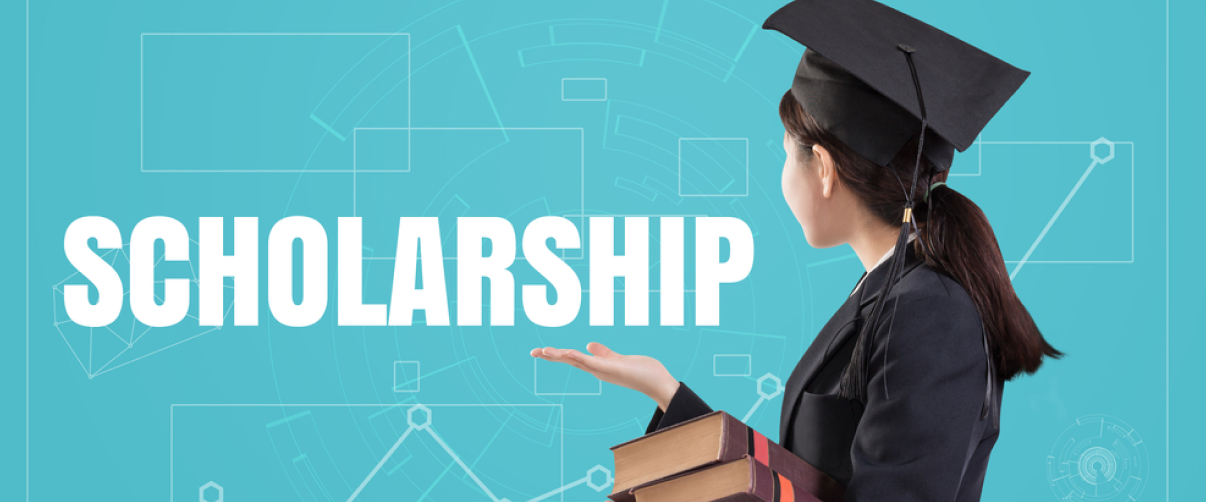The burden of student loan debt has become a significant concern for millions of students and graduates in the United States. As of the 2020-2021 academic year, the total student loan debt has exceeded $1.7 trillion, affecting over 45 million borrowers with an average debt of more than $37,000. The escalating costs of tuition, textbooks, housing, and other educational expenses have compelled many to rely heavily on student loans. However, there are numerous scholarships and grants available that can help alleviate this financial pressure and reduce the need for substantial loans.
Top Scholarships and Grants to Reduce Your Need for Student Loans

Federal Grants and Loan Forgiveness Programs
Federal grants are a cornerstone of financial aid, offering funds that typically do not require repayment. Taking advantage of these grants can significantly decrease the amount you need to borrow.
-
Pell Grants: Aimed at undergraduate students who exhibit exceptional financial need, Pell Grants can provide substantial assistance to cover tuition and other educational costs.
-
Federal Supplemental Educational Opportunity Grants (FSEOG): For students with the greatest financial need, FSEOG offers additional funds to bridge the gap between educational expenses and available resources.
For those who have already accrued student loan debt, federal loan forgiveness programs offer pathways to reduce or eliminate the remaining balance.
-
Public Service Loan Forgiveness (PSLF): This program forgives the remaining balance on Direct Loans after the borrower has made 120 qualifying monthly payments while working full-time for a qualifying employer. PSLF is a vital resource for individuals committed to careers in public service, such as government and nonprofit organizations. It helps public servants alleviate their student loan debt.
-
Income-Driven Repayment Plans: These plans adjust your monthly federal student loan payments based on your income and family size. After 20 to 25 years of qualifying payments, any remaining balance may be forgiven.
Career-Based Grants and Forgiveness Programs
Certain professions qualify for specific grants and loan forgiveness programs designed to attract qualified individuals to essential fields.
-
Teacher Loan Forgiveness Program: Educators who teach full-time for five consecutive years in low-income schools or educational service agencies may be eligible for forgiveness of up to $17,500 on their Direct Subsidized and Unsubsidized Loans and Subsidized and Unsubsidized Federal Stafford Loans.
-
Nurse Corps Loan Repayment Program: Registered nurses committed to serving in critical shortage facilities can receive forgiveness of up to 85% of their unpaid nursing education debt. This program helps nurses reduce their student loan burden.
-
John R. Justice Student Loan Repayment Program: This initiative provides loan repayment assistance to state and federal public defenders and state prosecutors who agree to remain employed in their positions for a minimum of three years.
State-Specific Programs
Many states offer loan repayment assistance programs to retain professionals in high-need areas and stimulate local economies.
-
Pennsylvania Primary Health Care Loan Repayment Program: Provides loan repayment assistance to primary care practitioners who serve in designated health professional shortage areas within the state.
-
New York State Young Farmers Loan Forgiveness Incentive Program: Encourages recent college graduates to pursue farming careers in New York by offering loan forgiveness for those who operate a farm within the state for five years.
Military Loan Repayment Programs
The military provides several loan repayment programs as incentives for service members.
-
Army Student Loan Repayment: The Army may repay up to $65,000 in student loan debt for eligible soldiers who enlist for at least three years in specific occupations.
-
Navy Student Loan Repayment Program: Offers loan repayment assistance for sailors in designated roles, aiding in reducing the burden of student loans for those who serve.
These programs offer significant financial benefits for individuals willing to serve in the armed forces, providing both career opportunities and relief from student loan debt.
Employer-Offered Repayment Assistance
An increasing number of employers recognize the impact of student loan debt on their employees and offer assistance programs as part of their benefits packages.
-
Chegg: This education technology company offers up to $5,000 annually to help employees pay down their student loans.
-
PricewaterhouseCoopers (PwC): Provides associates and senior associates with $1,200 a year in student loan repayments, directly contributing to reducing their educational debt.
Exploring career opportunities with organizations that offer such benefits can be a strategic approach to managing and repaying student loans more effectively.
Private Scholarships and Grants
Platforms like Bold.org offer exclusive scholarships and grants designed to help both current students and graduates alleviate their student loan debt. These financial aids extend beyond tuition costs and can be applied to existing loans.
Bold.org provides a variety of scholarships catering to different interests, career paths, and demographics. Opportunities are available for first-generation students, minorities, and those pursuing specific fields, ensuring a broad range of applicants can find support.
Tips for Applying for Scholarships and Grants
-
Start Early: Begin researching and applying for scholarships and grants as soon as possible to maximize your chances.
-
Meet Deadlines: Keep track of application deadlines to ensure you submit all required materials on time.
-
Tailor Your Applications: Customize each application to highlight how you meet the specific criteria and values of each scholarship or grant.
-
Avoid Scams: Be vigilant about offers that require upfront fees or seem too good to be true. Always verify the legitimacy of the offering organization.
-
Utilize Available Resources: Leverage your school’s financial aid office, reputable scholarship databases, and professional networks to discover opportunities.
Conclusion
The weight of student loan debt doesn’t have to hinder your educational and professional aspirations. By proactively seeking out scholarships and grants, you can significantly reduce your reliance on student loans and focus on achieving your goals without the looming worry of financial strain. With diligent effort and the utilization of available resources, a debt-free education is an attainable objective.











